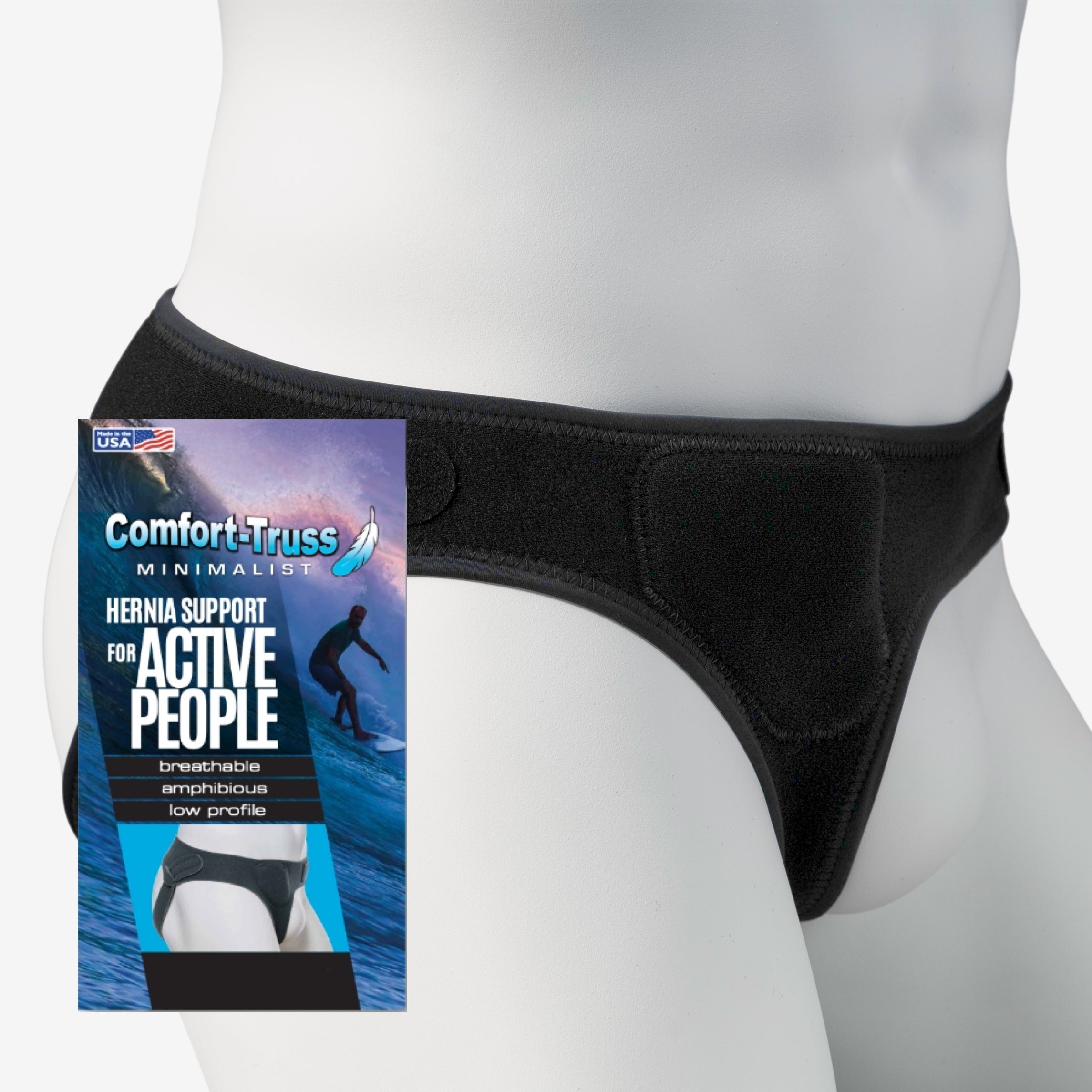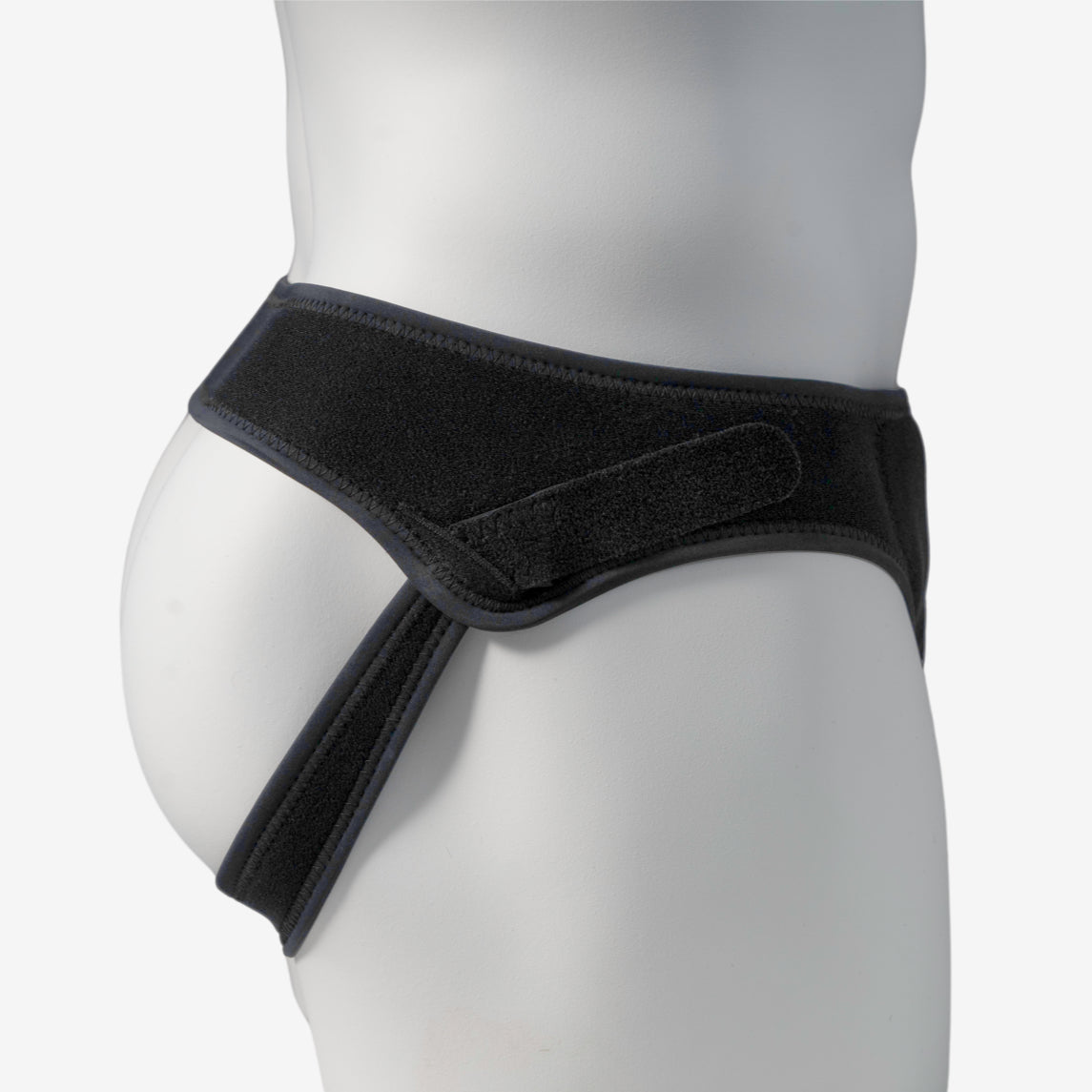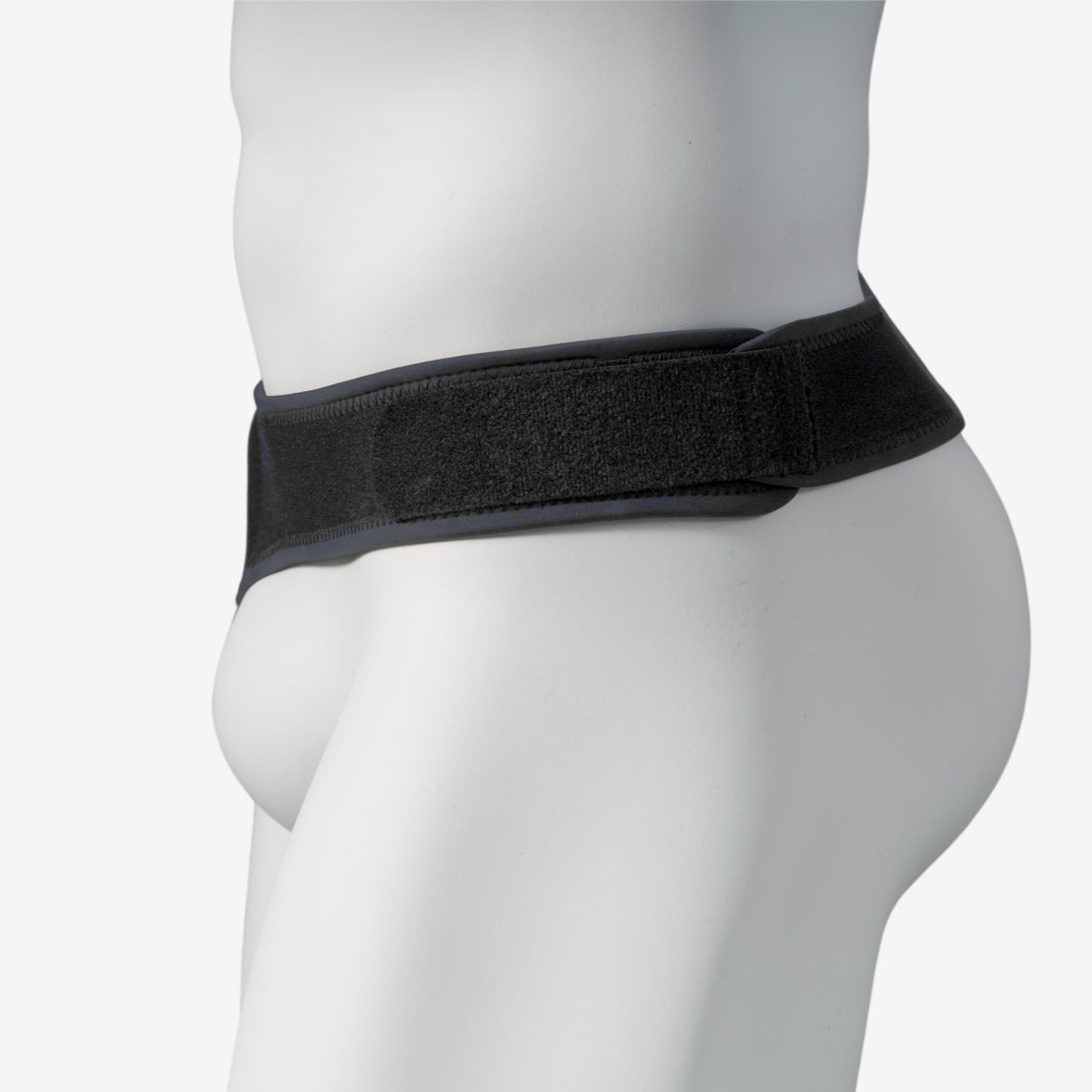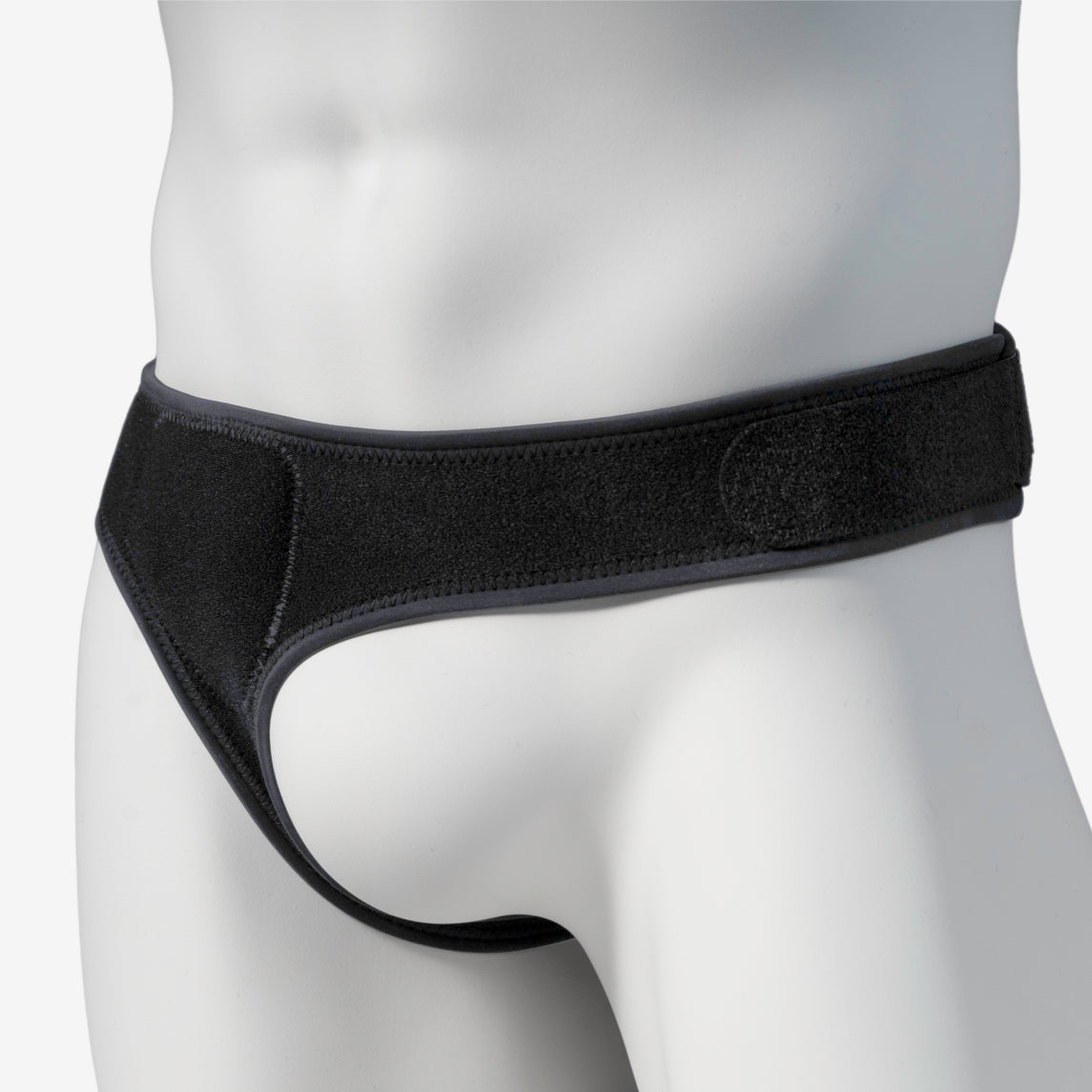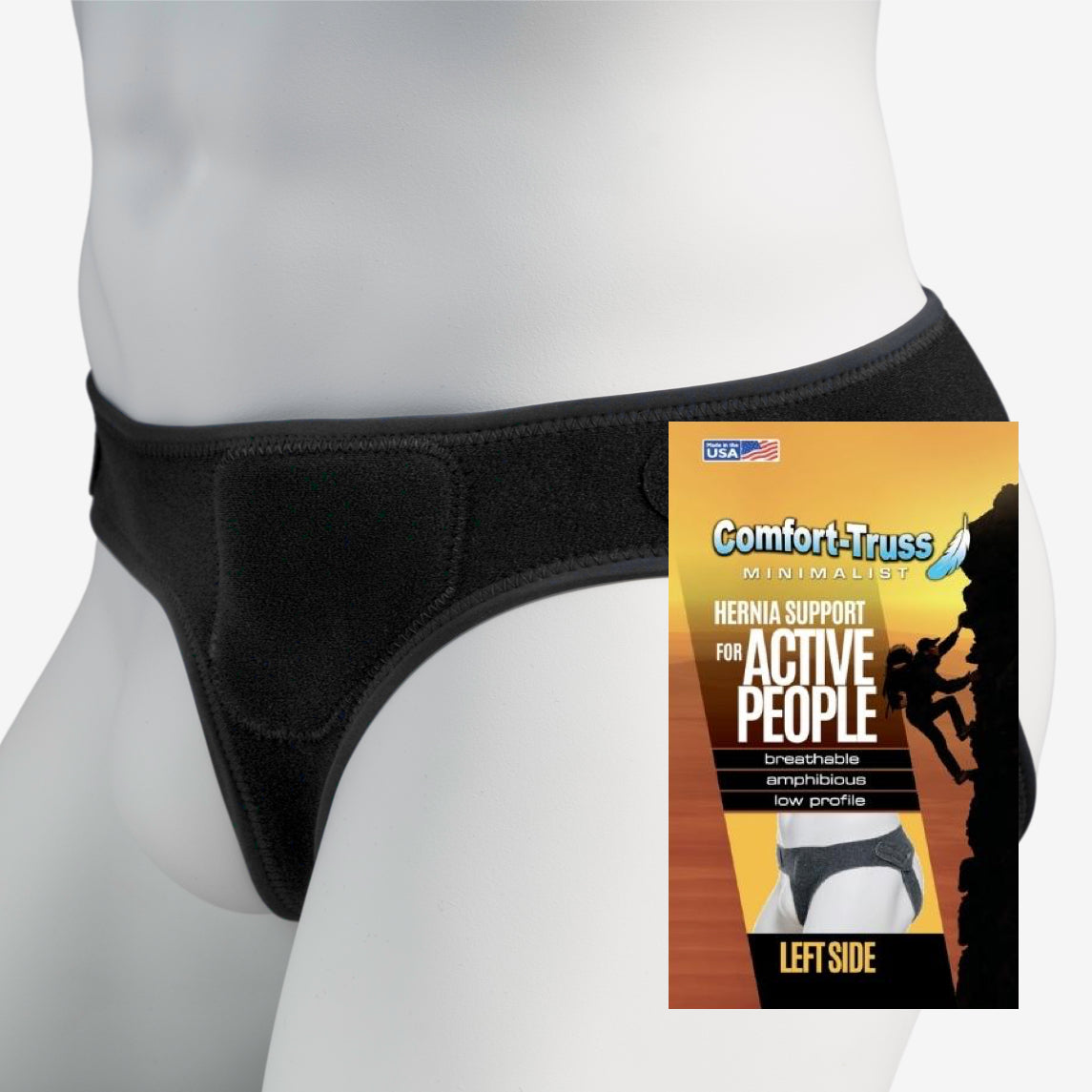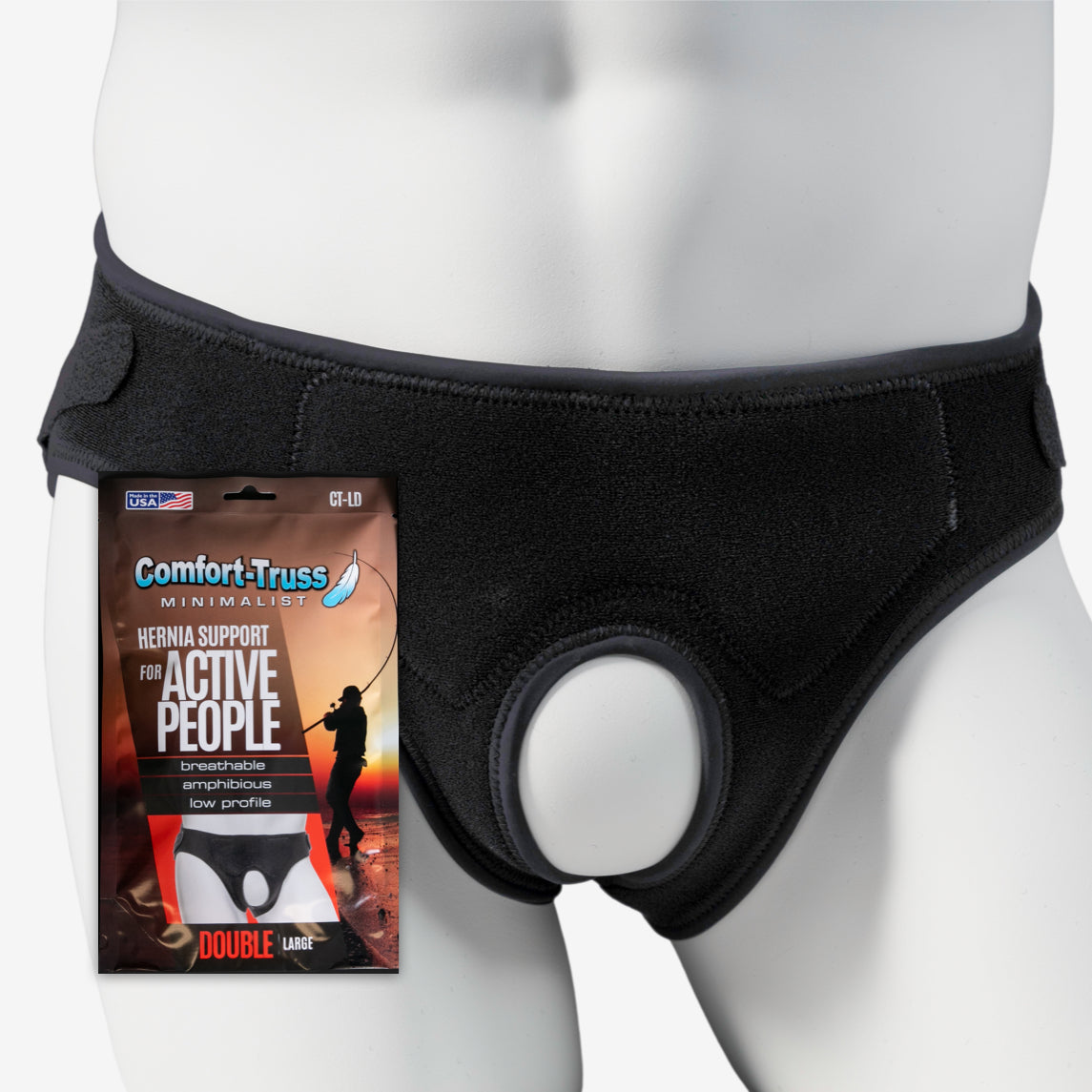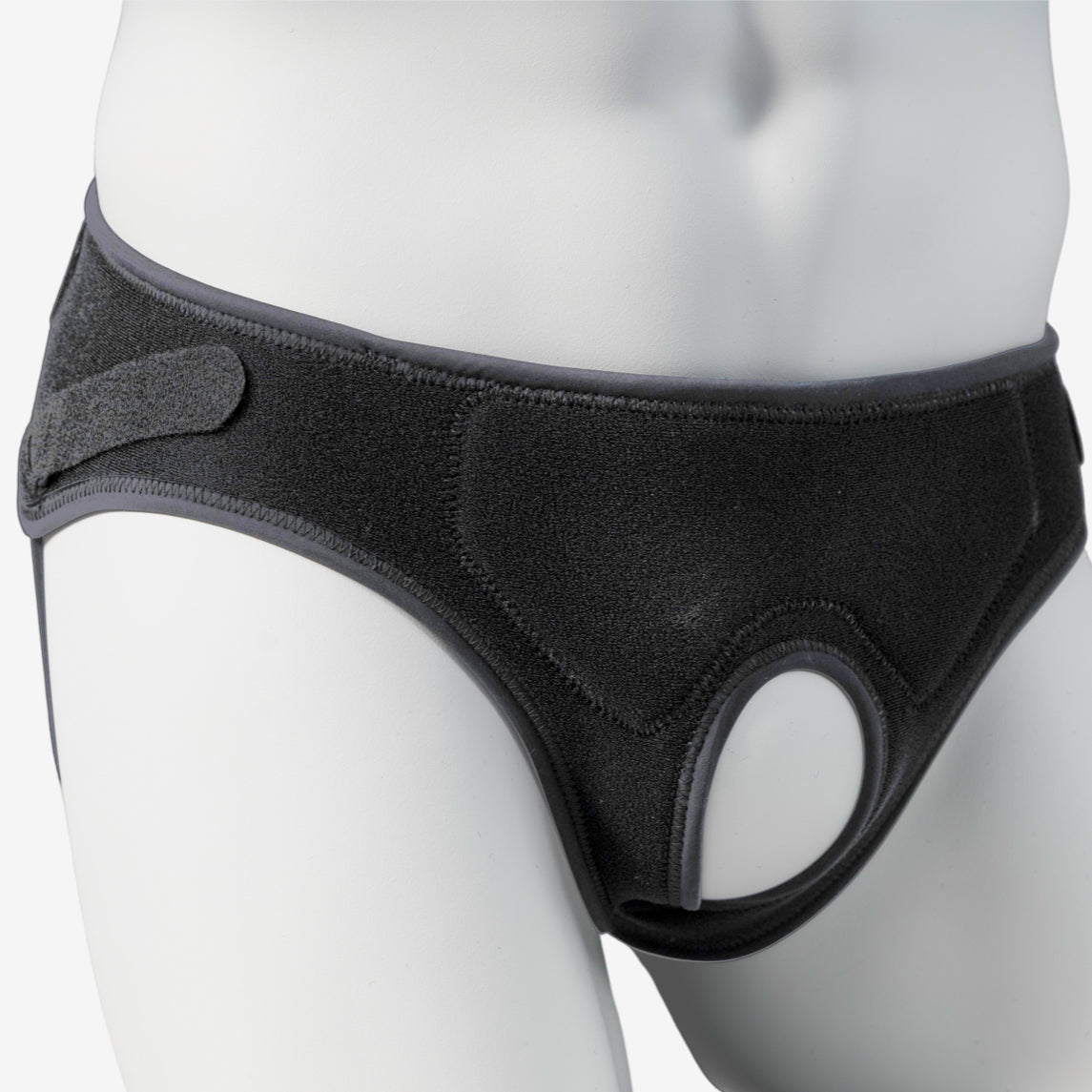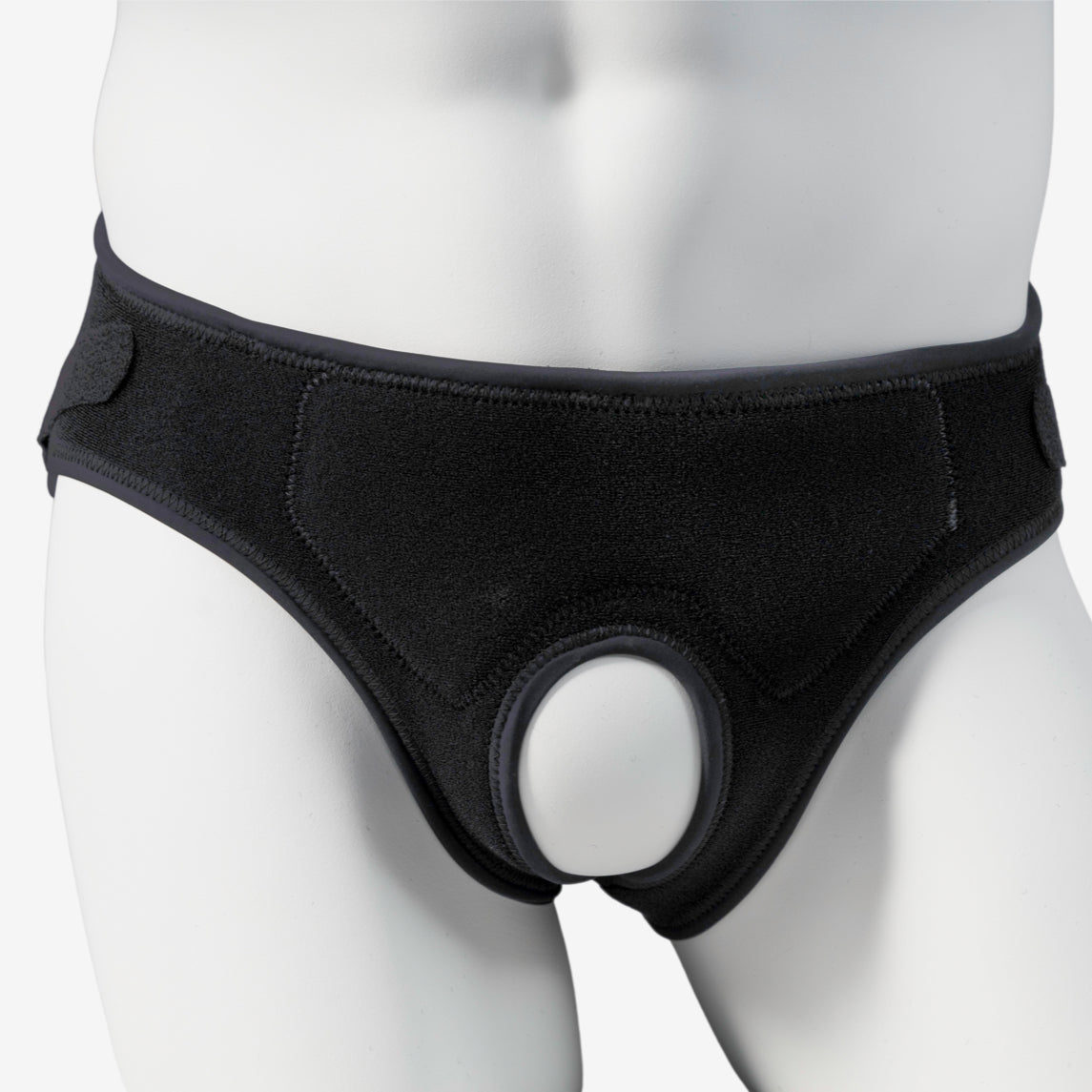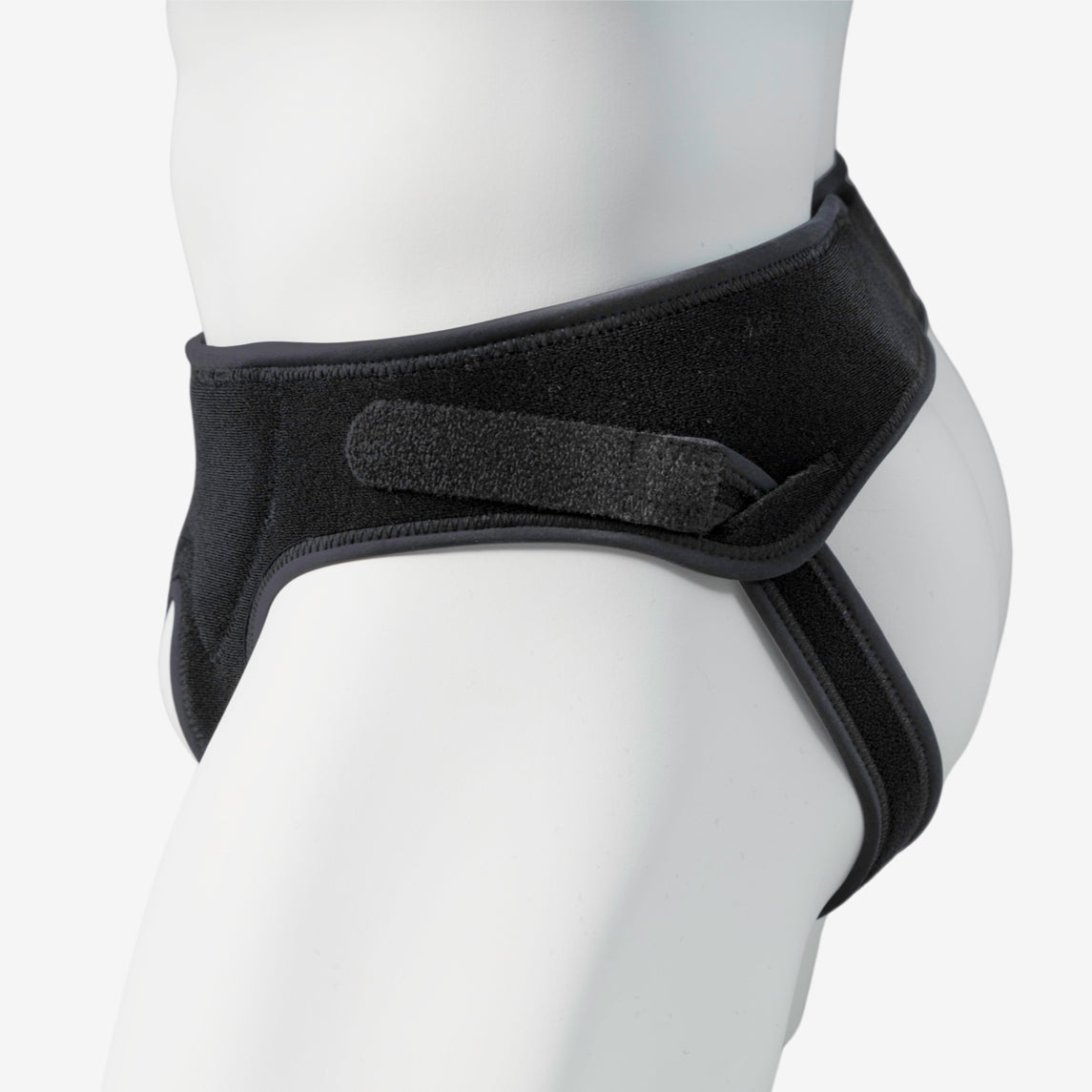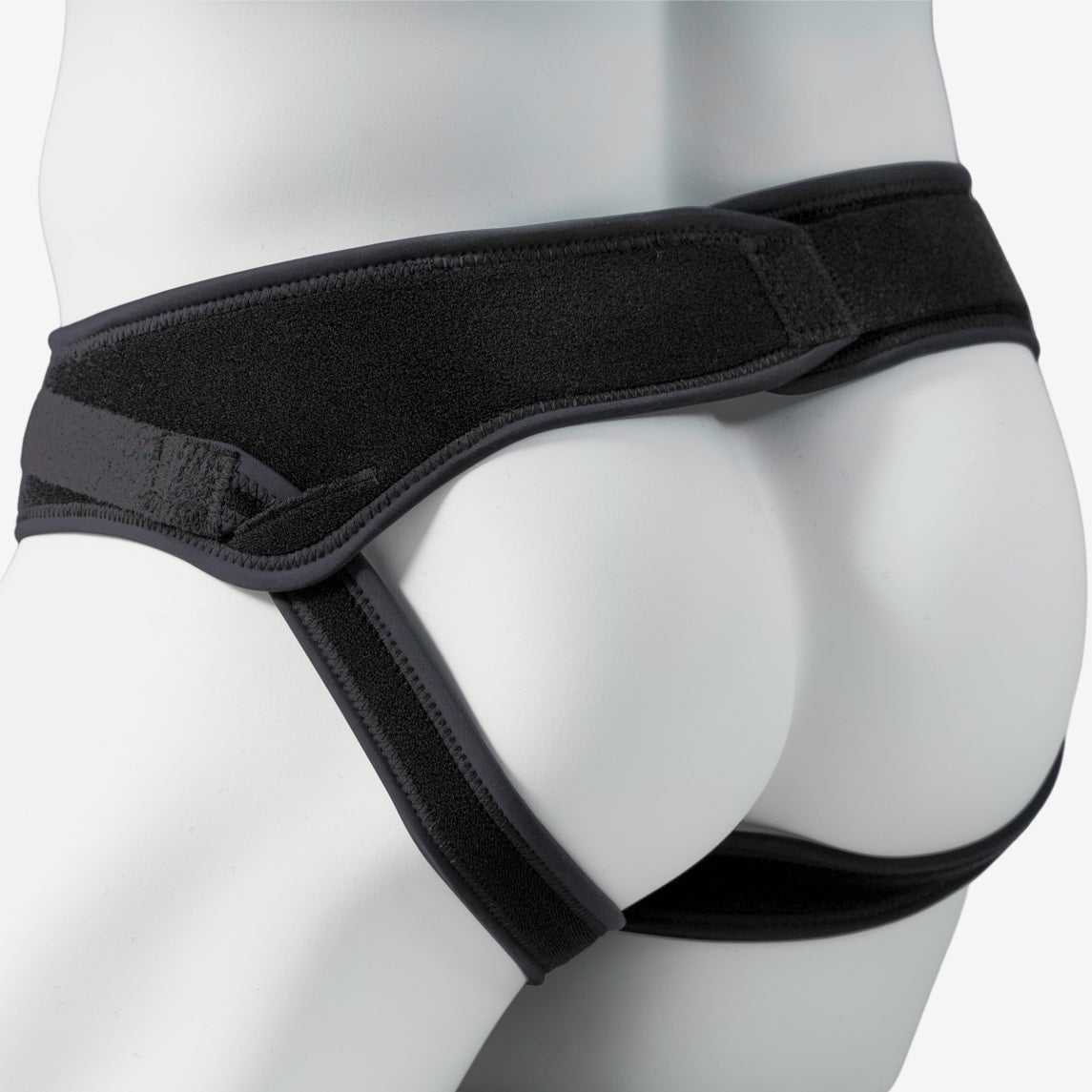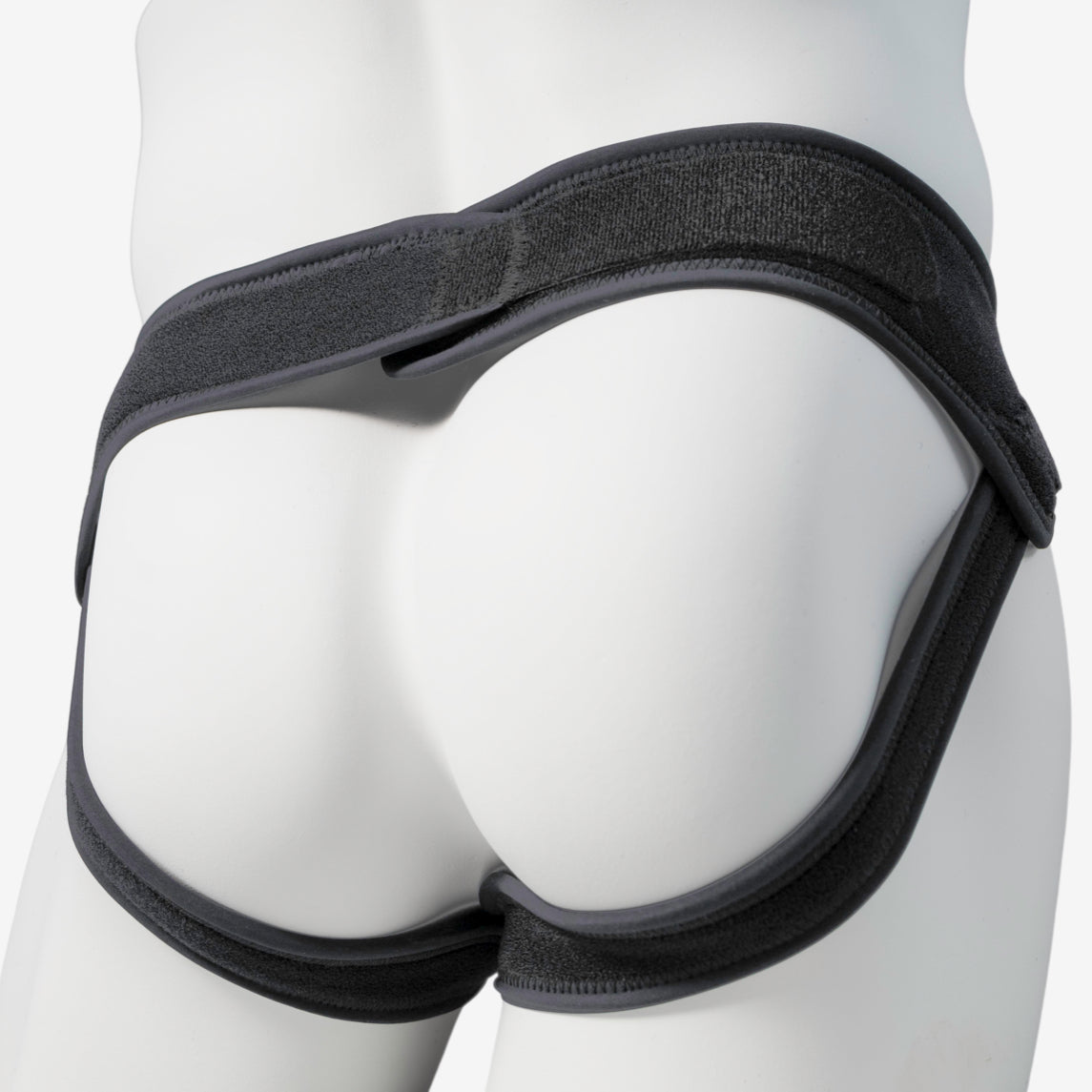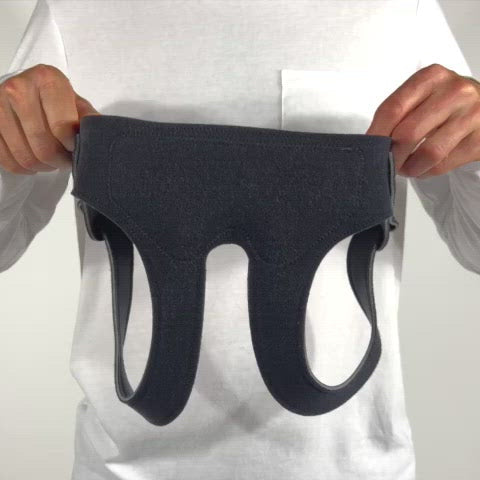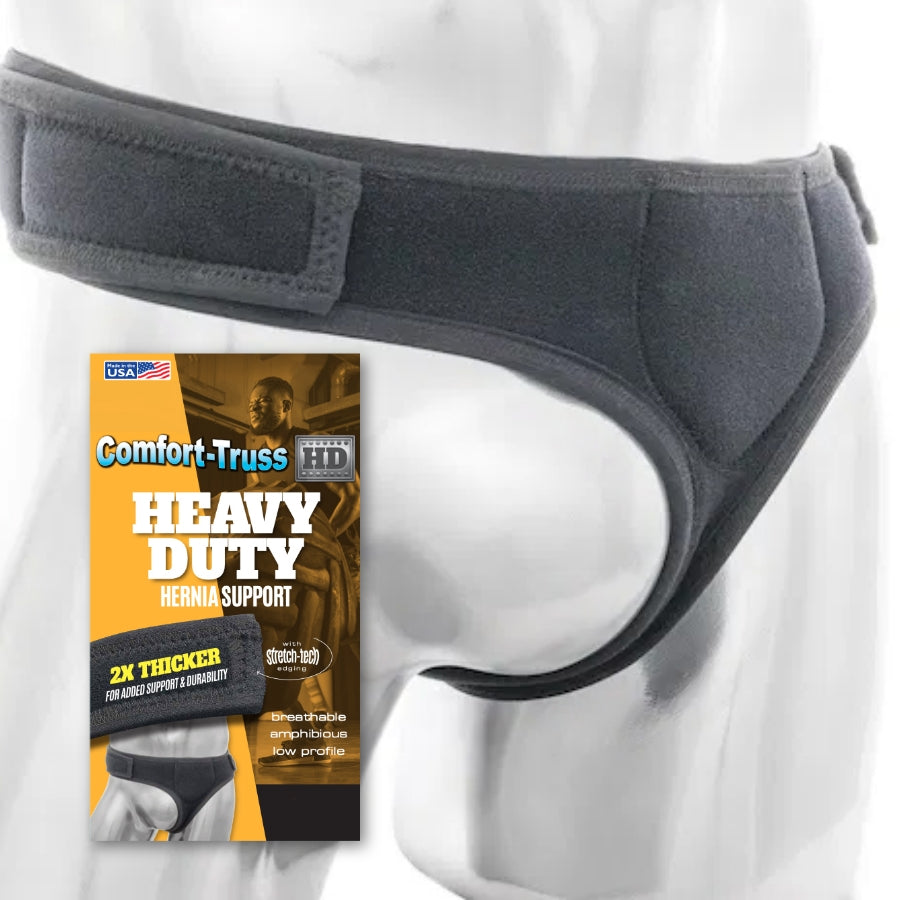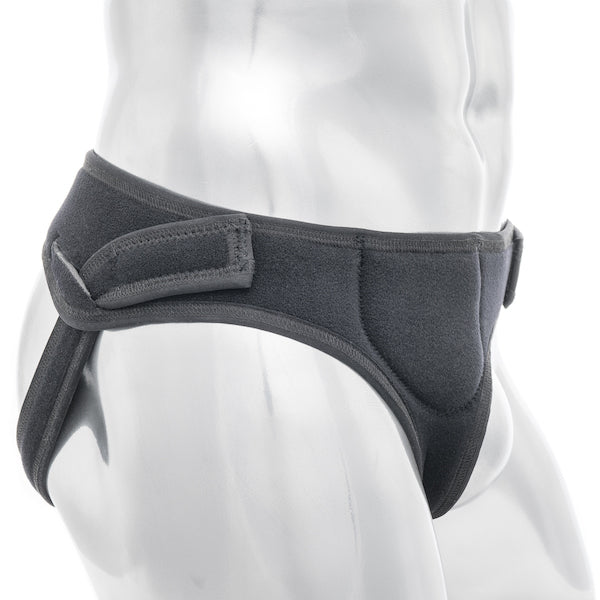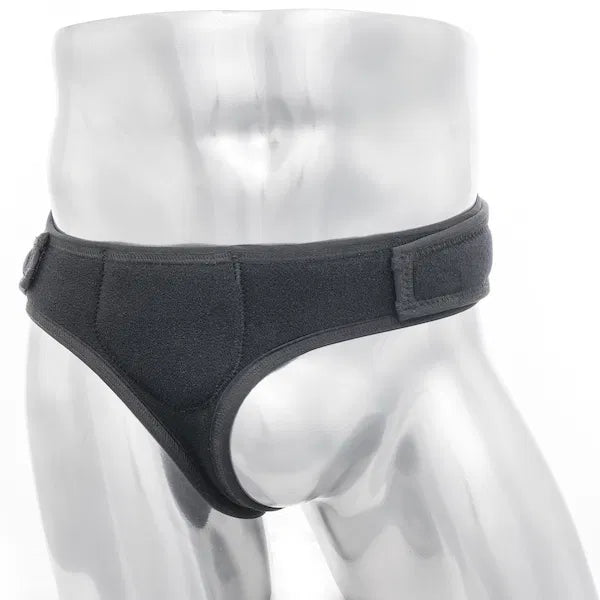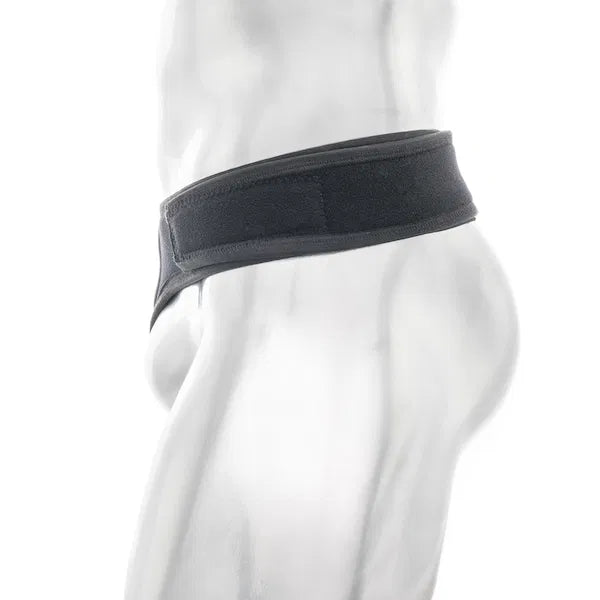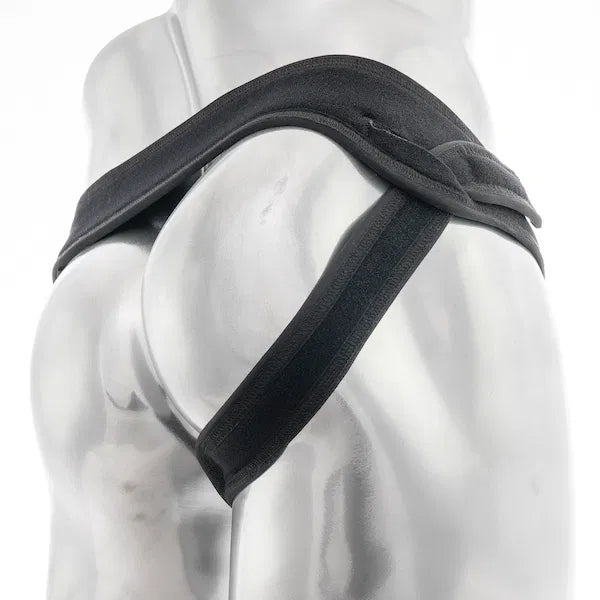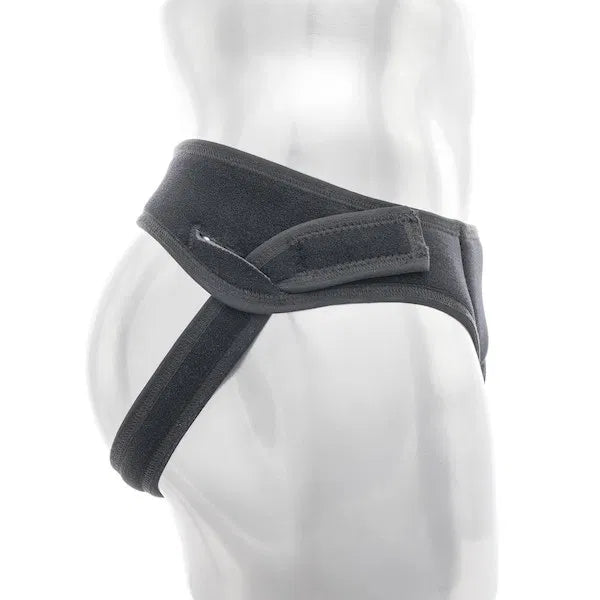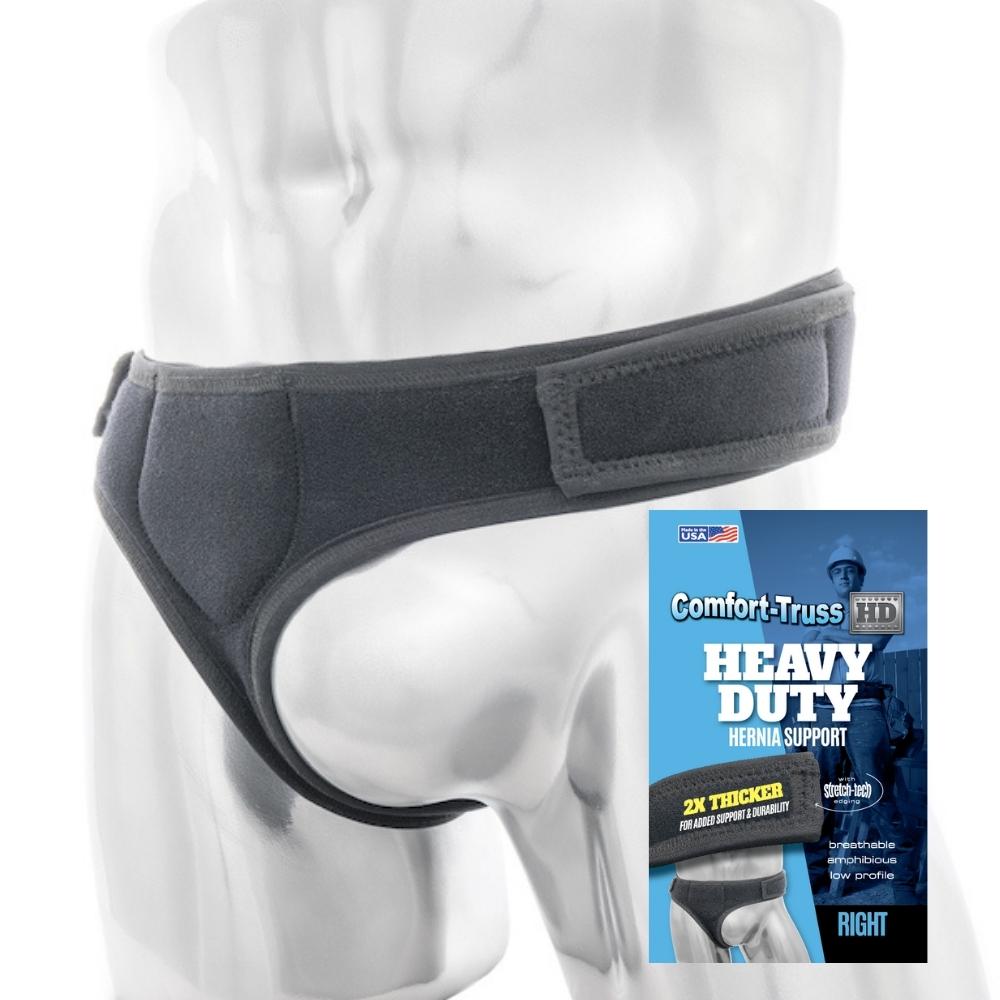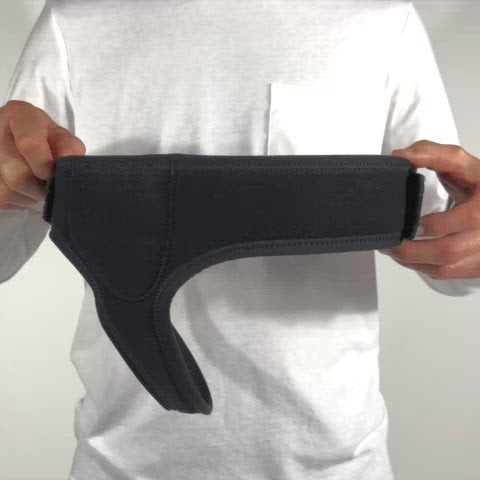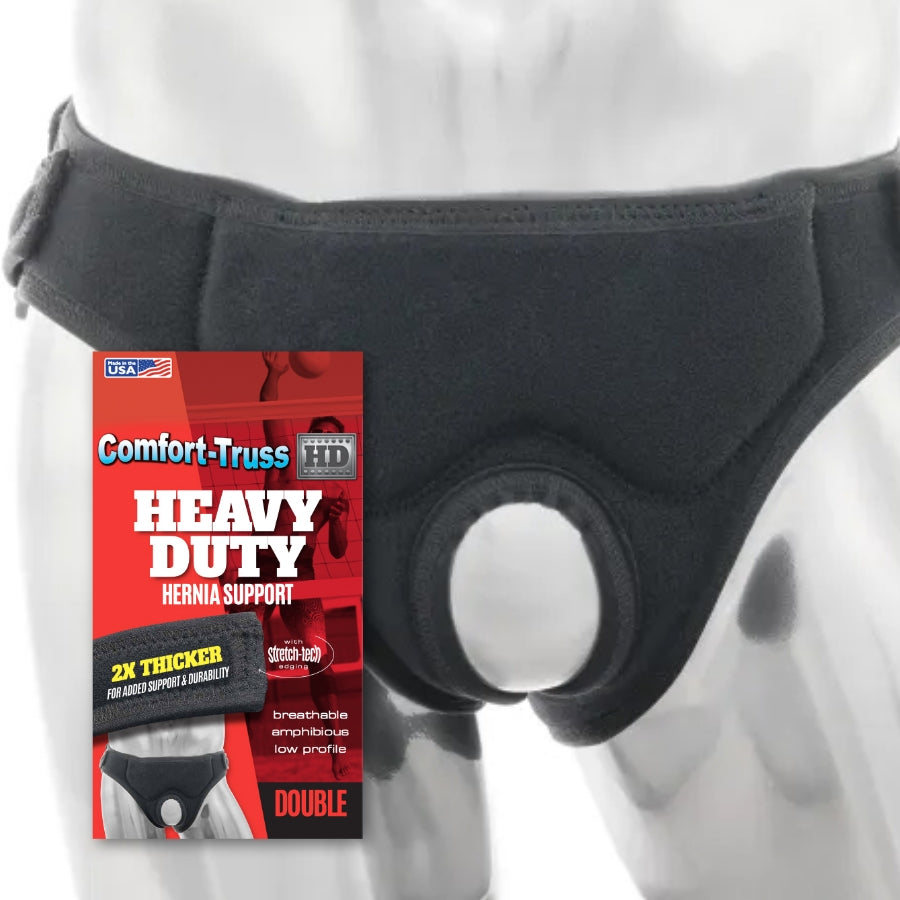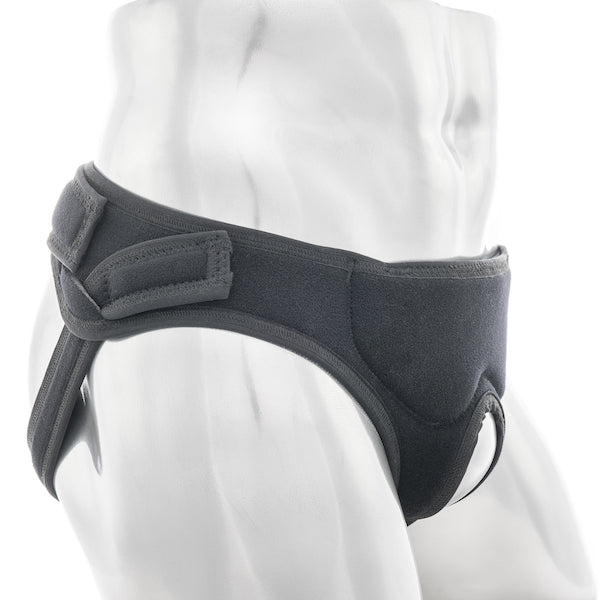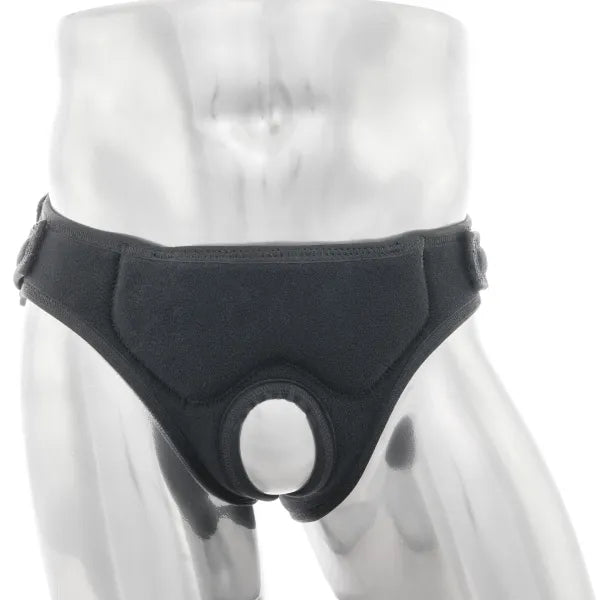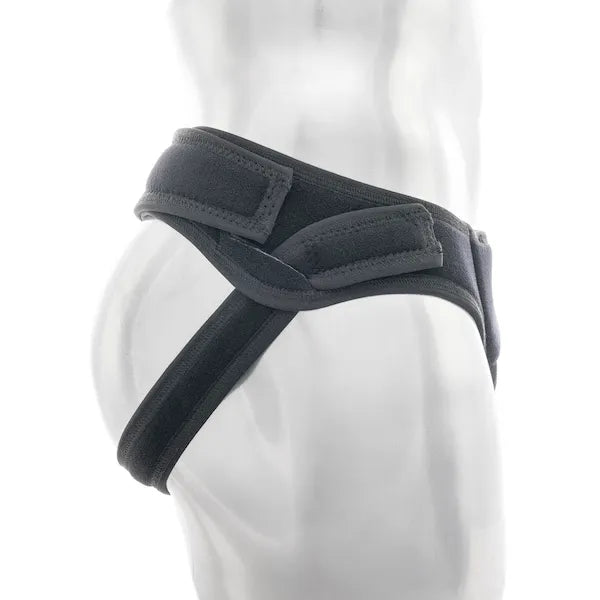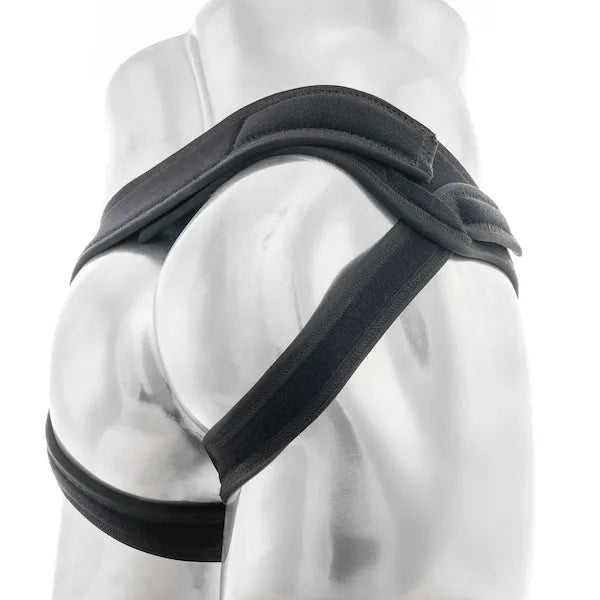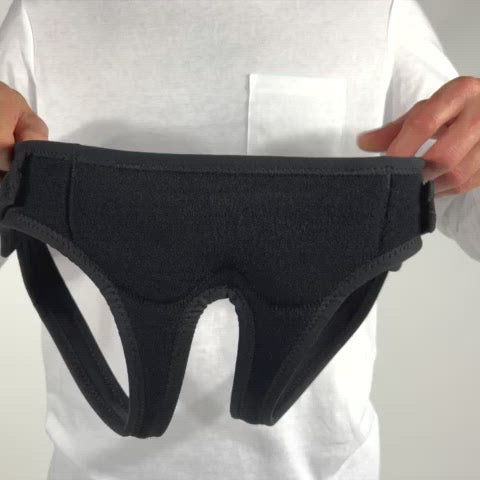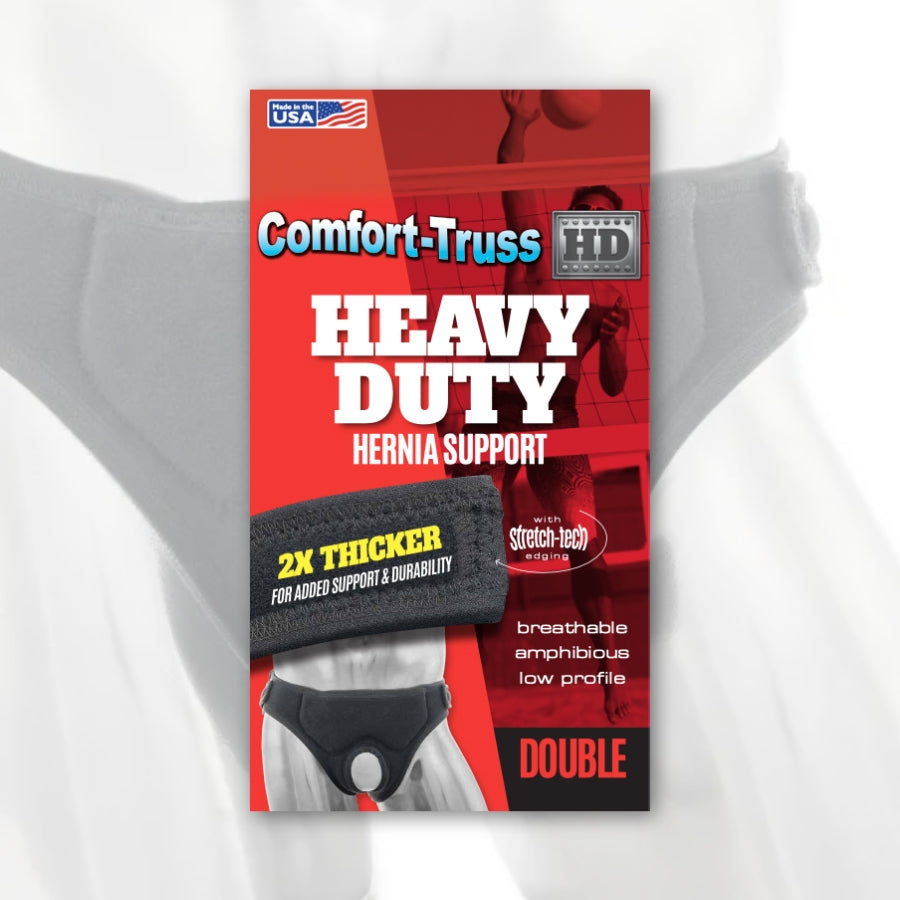Do Hernia Belts Work? Five Benefits of Using a Truss or Belt for Hernia Pain

By: Comfort Truss
Reducible inguinal hernias can be a source of discomfort and concern. Hernia pain is a real issue for sufferers, compounded by the fact that many people with inguinal hernias would prefer to avoid hernia surgery.
A hernia belt is intended to provide relief from inguinal hernia pain. This article will review the causes and risk factors for inguinal hernias and answer the question, "Do hernia belts work?" Read on for must-know information about using a truss or belt for hernia pain treatment.
Why Do Inguinal Hernias Occur?
An inguinal hernia occurs when fatty tissue or part of the intestines pushes through a weak spot in the lower abdominal wall or groin area near the inguinal canal. When this happens, many people opt for hernia trusses to deal with their hernia pain.
Muscle weakness is the underlying cause of inguinal hernias. The weakness may be due to a congenital issue or simply the effects of aging and repeated strains on the abdominal muscles. These strains can be related to several factors, such as:
- Obesity
- Frequent coughing
- Pregnancy
- Physical exertion
- Straining during a bowel movement
There are several risk factors in such cases. Those at increased risk of an inguinal hernia include people who:
- Smoke
- Suffer from chronic constipation
- Are older
- Have previously had an inguinal hernia
- Attempt to move objects that are too heavy
- Are pregnant
Men get inguinal hernias more often than women do, and people who have close relatives who've had an inguinal hernia are also at higher risk.
The primary symptom of an inguinal hernia is the protruding tissue or intestine. If you can push the bump back in, hernia support belts can be a good option for pain relief.

How Common Are Inguinal Hernias?
Inguinal hernias are fairly common. According to the National Institute of Diabetes and Digestive and Kidney Diseases, around 27% of men and 3% of women will suffer from this type of hernia during their lifetime.
How Common Are Inguinal Hernias?
An overwhelming number of Comfort-Truss customers report success and satisfaction when they use our hernia belts and accessories. The Mayo Clinic also says that hernia belts and trusses can help a person feel more comfortable.
The Top Five Benefits of Using a Belt for Hernia Pain
Several medical bodies recommend a course of "watchful waiting" in the case of a reducible inguinal hernia that exhibits no other symptoms. But that doesn't mean you have to be sidelined by your hernia. You can get back in the swing of things by using a belt for hernia pain.
The best hernia belt provides a full range of motion and lets you continue all your favorite physical activities. The benefits of using belts for hernias include:
1. Flexibility
Good hernia belts and trusses are flexible and move as your body moves.
2. Versatility
A suitable hernia belt is also versatile and can be worn under all sorts of clothing, including workout clothes and swim trunks.
3. Comfort
The right hernia trusses are made from comfortable material that feels good against the skin of your abdomen.
4. Pain Relief
Hernia belts and trusses support your abdominal area, helping to reduce discomfort and speed your recovery.
5. Ease of Use
The best hernia belt will be simple to put on and take off. Plus, it won't interfere as you pursue your favorite pastimes, whether that's surfing, snowboarding or doing other rigorous activities.
Comfort-Truss hernia support belts provide all these benefits and more. Our innovative design rides low on your hips so that the truss is virtually invisible, even with your shirt off. We offer hernia belts for men and women in a wide range of styles, including a single-side hernia belt.
George Hirst, the founder of Comfort-Truss, was able to manage his hernia without surgery. Using a hernia belt he devised for himself, and by making certain lifestyle changes, he was able to reduce his hernia to the point where he is now asymptomatic. You can learn the techniques George used to deal with his hernia and see how they can help you. The Proactive Approach to Hernia Intervention has everything you need to head down the right path to managing your hernia.





